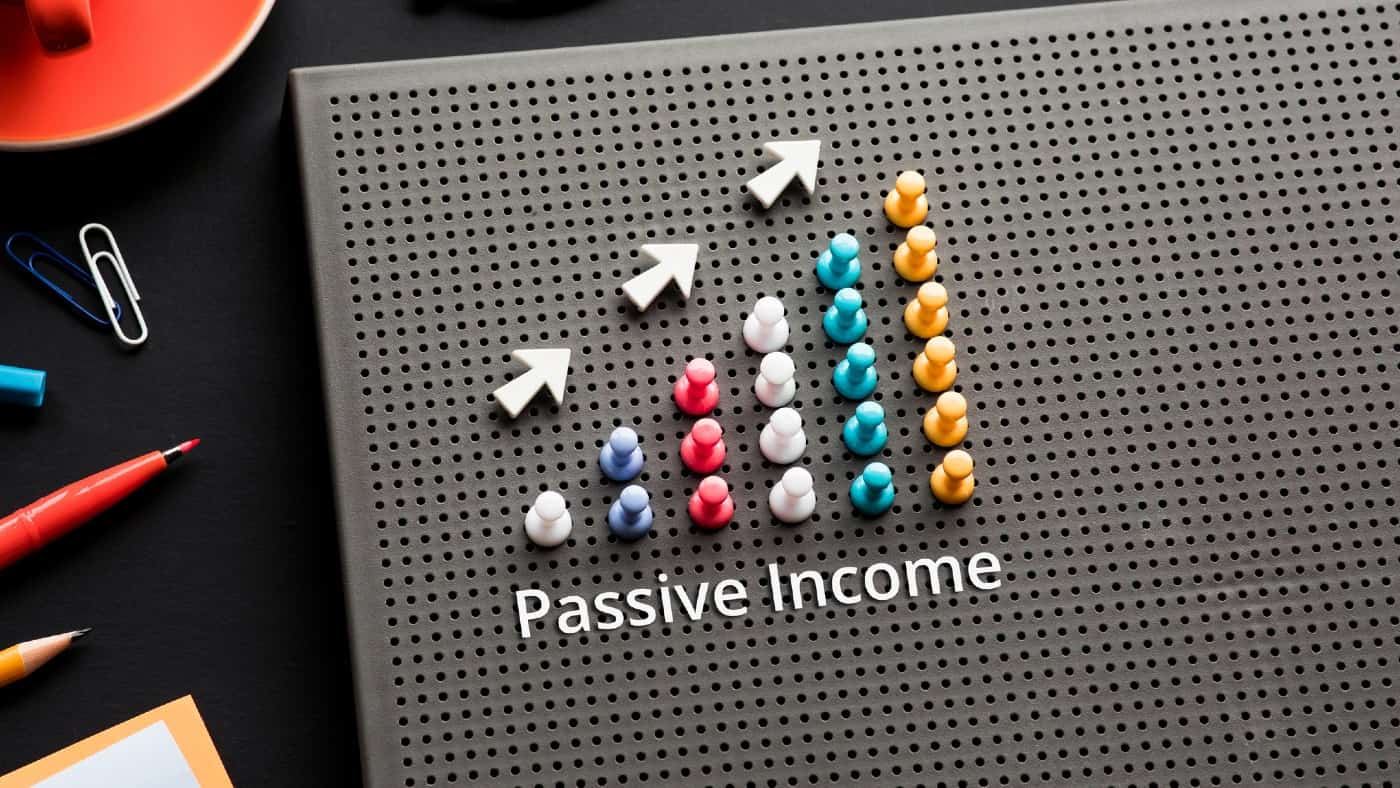Making money from minimal daily effort is what passive income is all about. And I have found no better way to do it than by buying shares that pay high dividends every year.
I then reinvest these dividends to buy more of the stocks that paid them to me. This means the size of my investments grows, paying me more dividends over time, creating a virtuous cycle. This process is called ‘stock dividend compounding’.
There are several high-paying, high-quality shares to be found in the FTSE 100. One of my long-term favourites is insurer Phoenix Group Holdings, which currently yields 9.9%. It has other qualities as well that I look for in high-yield stocks.
Core business trending up
One of these is that its core business looks to be on a major uptrend to me.
Analyst expectations are that its earnings and revenue will increase by 73.2% and 27.6% a year respectively to end-2026.
Earnings per share and return on equity are expected to rise by 62.6% and 14.7% a year respectively to the same point.
On 13 November, it upgraded its 2023 cash generation target to £1.8bn, against the previous £1.3bn-£1.4bn. It also boosted its cash generation target from 2023 to 2025 to £4.5bn, from the earlier £4.1bn.
This huge cash war chest is a massive resource to drive business growth.
A risk to the stock is high volatility in financial markets. Another is that inflation pushes insurance premiums up and prompts customers to cancel policies.
Undervalued against its peers
Additionally positive for me is that the stock is undervalued against its peers. This means there is less chance that my dividend gains will be eroded by a major share price fall.
A discounted cash flow analysis shows the shares to be around 12% undervalued at their present price of £5.13.
Therefore, a fair value would be around £5.82, although this does not necessarily mean it will ever reach that level.
The magic of dividend compounding
£10,000 invested today in Phoenix Group stock yielding 9.9% would make me £990 this year. If I simply spent that, I would receive another £990 next year, provided the yield stayed at 9.9%.
If I did the same every year, with the same average payout, I would have made £9,900 after 10 years.
However, if I had left my dividends in place to be compounded, I would have made £25,703 in 10 years.
And after 21 years, with the same average yield but no additional investment at all, I would have made £72,602. This would pay me £503 a month in passive income.
Even better, though, is if I also continued to save even a modest amount every month. The average UK salary a month after deductions is £2,228. Investing just 20% of this each month (£446) would give me the same total pot after only seven years.
This monthly investment would be on top of the initial £10,000 and is based on an average 9.9% yield. Yields do change, of course, with share prices and dividend payments. Also, there would be tax liabilities, according to individual circumstances.
However, it does underline how small investments can generate big passive income over time.








